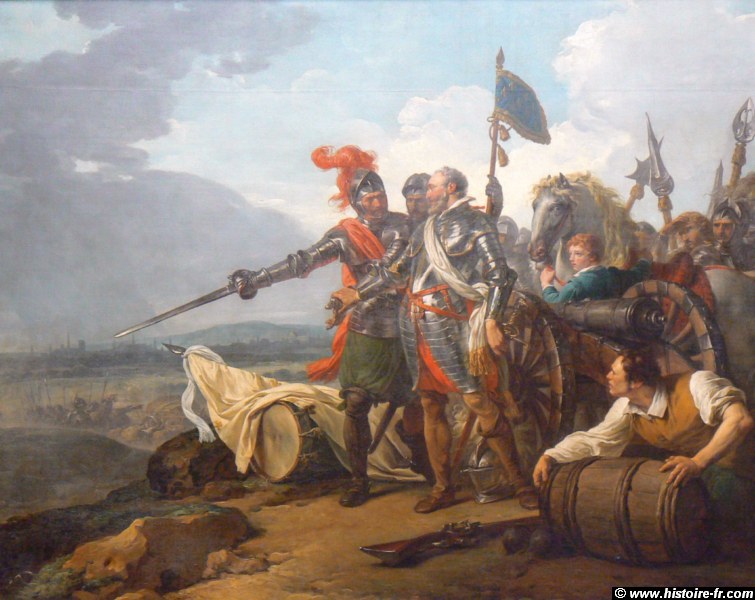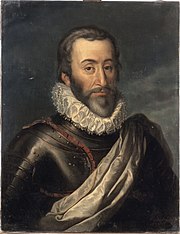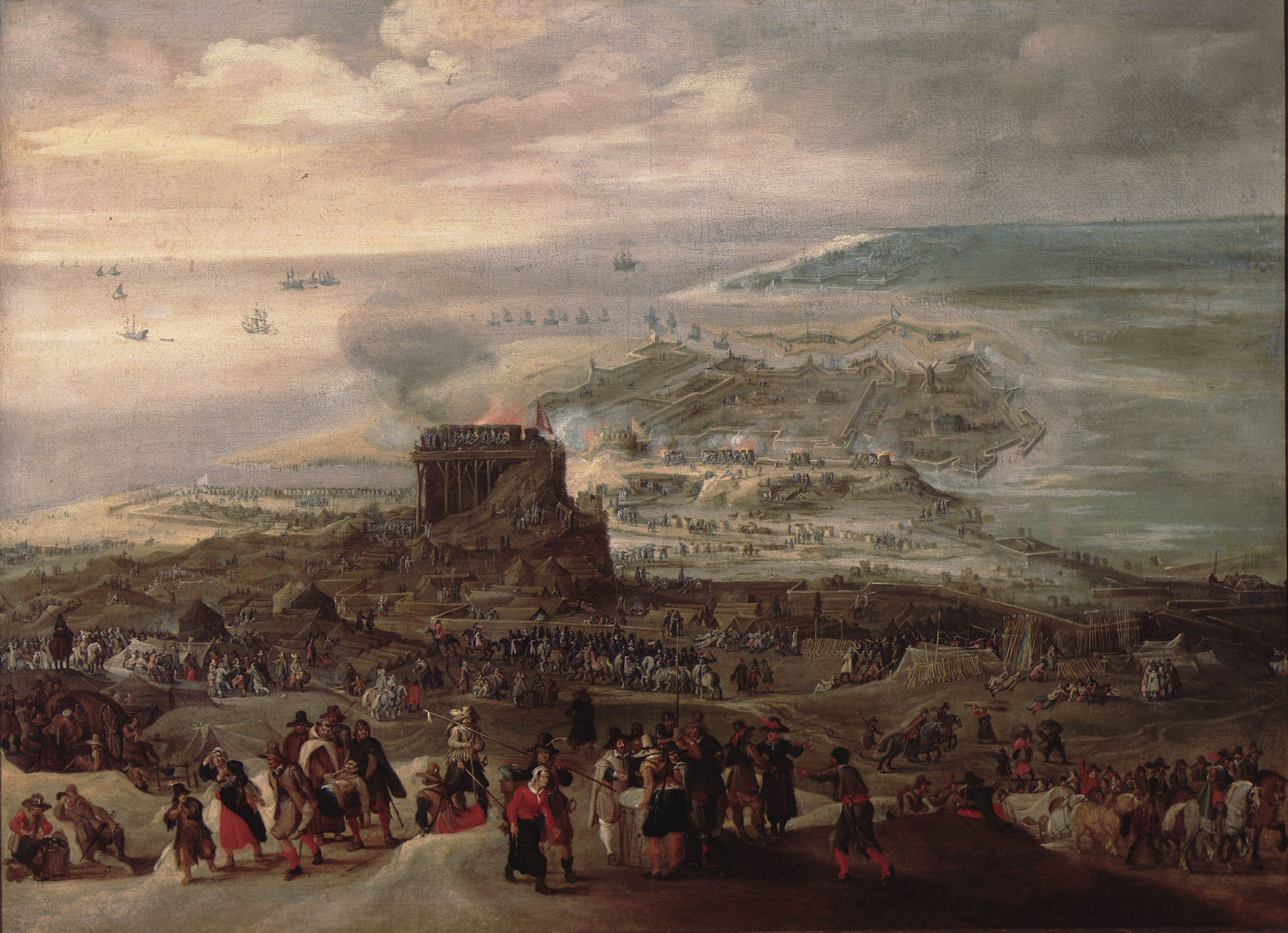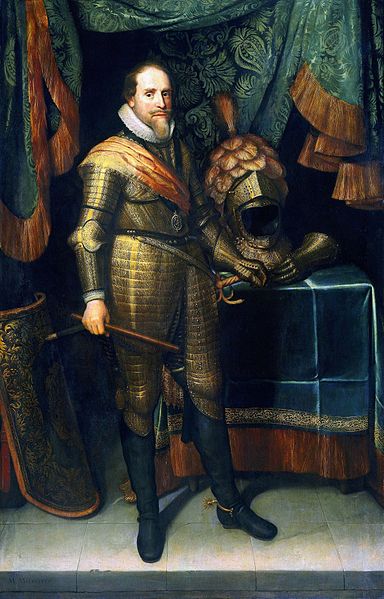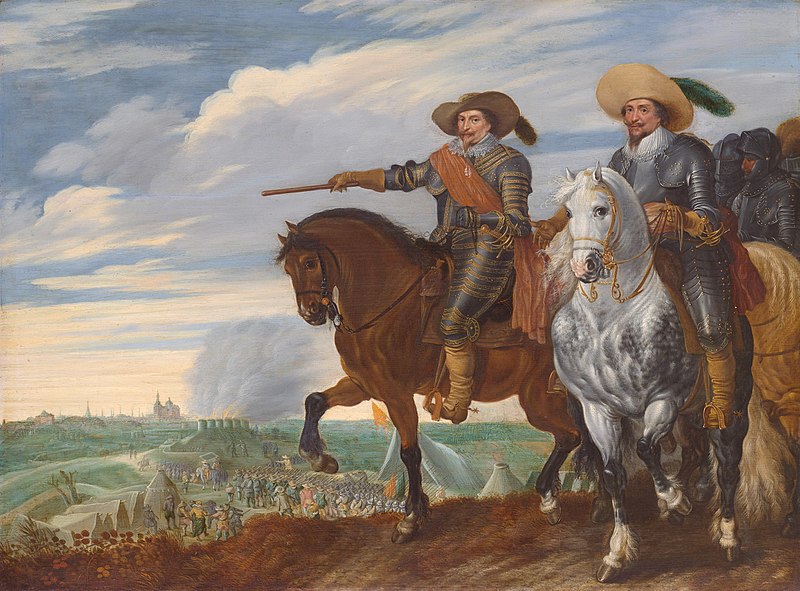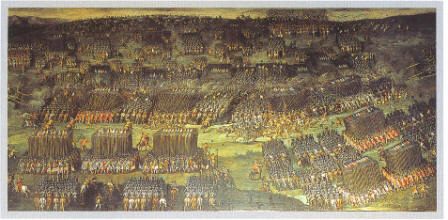Pas même l' épée d' un assassin n' aura pu nous séparer [1,2]
–
« Te souviens-tu de Troie? », Armand de Hauteville, Éditions du Moulin, 1902
–
« Te souviens-tu de Troie? », Armand de Hauteville, Éditions du Moulin, 1902
In 1609, during a ballet, one of the servants of the queen dazzled the king of France. Her name: Charlotte Marguerite de Montmorency.
As soon, King Henri IV broke her engagement with the marquis of Bassompierre, to marry her with his cousin, Prince Henri II de Bourbon-Condé, reputed for his loving of men.
So, Henri IV began to woo the princess of Condé, but the Prince, jalous, decided to leave the court. However, the king followed them, and under many disguises, attempted to encounter his love. Furious, the Prince of Condé went to Brussels with his wife, under the protection of Spain, the sworn ennemy of France.
As soon, King Henri IV broke her engagement with the marquis of Bassompierre, to marry her with his cousin, Prince Henri II de Bourbon-Condé, reputed for his loving of men.
So, Henri IV began to woo the princess of Condé, but the Prince, jalous, decided to leave the court. However, the king followed them, and under many disguises, attempted to encounter his love. Furious, the Prince of Condé went to Brussels with his wife, under the protection of Spain, the sworn ennemy of France.

Charlotte Marguerite de Montmorency
To find again his love, King Henri IV was prepared to do anything, even to go at war.
The pretext, the Holy Roman Emperor Rudolf II gave him one by occupying the united duchies of Jülich-Cleves-Berg. In the controversal succession of the Duke John William, France was supporting the claims of Duke Wolfgang William and Elector John Sigismund of Brandenburg.
By the summer beginning, France was at war with Holy Roman Empire and Spain.
---
[1]: In English: "Not even the sword of an assassin could separate us"; I have some doubts about the translation.
[2]: This the POD: in OTL, this sword kills the king the 14th may.
Last edited:
